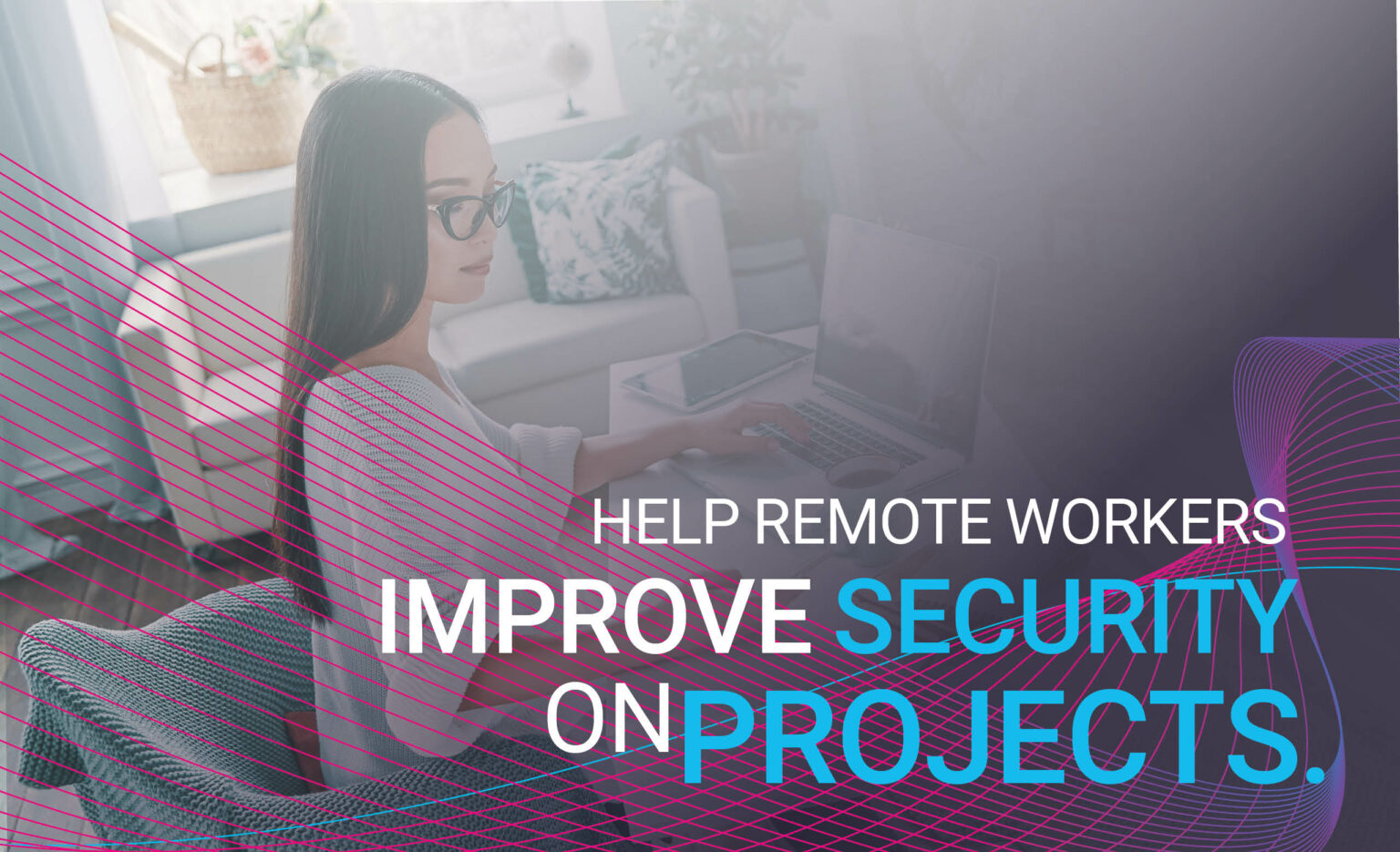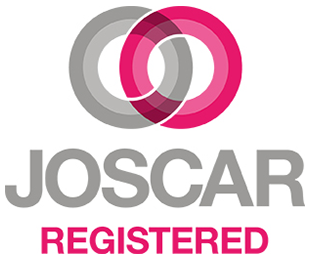The Coronavirus pandemic has affected CISOs and business leaders worldwide.
With life slowly returning back to normal, leaders are increasingly developing and implementing security projects designed to minimise risks and support remote workers.
With this said you might be asking the question:
How can business leaders help to improve security on projects for remote workers?
In this article we want to give you a guide on the steps you can take as a business leader to improve security on your projects.
Gartner cited the following 10 steps as priorities to improve security for business projects in 2020 and 2021 for business leaders:
- Remote Workforce Security
- Risk-Based Vulnerability Management
- Extended Detection and Response (XDR)
- Cloud Security Posture Management
- Seamless Cloud Application Controls
- Domain-Based Message Authentication (DMARC)
- Passwordless Authentication
- Data Classification and Protection
- Workforce Competencies Assessment
- Automated Security Risk Assessments
With these 10 steps in place, you will be insured to improve security posture on projects that are being delivered remotely.
Step 1 – Remote Workforce Security:
The first step to improving security on projects is to understand the business requirements.
Risk managers and security leaders must know how end-users and groups of users access data as well as applications.
This is important as it allows you to understand if there are any security measures that are inadvertently impeding employees’ ability to get work done remotely essentially adopting a roles-based access model.
Step 2 – Risk-Based Vulnerability Management:
Many security vulnerabilities can badly affect organisations.
Risk managers and security leaders should focus on exploitable vulnerabilities to determine if they are under threat.
Threat intelligence can be used to understand organisational risks in order to protect projects to the highest level and avoid vulnerable weak spots.
Step 3 – Extended Detection and Response (XDR):
With XDR, risk managers and security leaders can leverage multiple security products.
Using a single solution, workers are able to understand security issues and find ways to improve their organisations security posture.
Step 4 – Cloud Security Posture Management:
Common controls across the following can help risk managers and security leaders optimise their organisations’ cloud security posture:
- Infrastructure-as-a-service (IaaS)
- Platform-as-a-service (PaaS)
- Automate assessment
- Remediation across cloud applications
With these areas covered, the risk of being compromised becomes minimised allowing you to sit back and relax without worrying about any nasty threats that your remote workers might have to face.
Step 5 – Seamless Cloud Application Controls:
A cloud access security broker (CASB) can help security and risk leaders to stay on top of their game at all times.
With this, leaders can maintain real-time cloud access controls and streamline user access.
Step 6 – Domain-Based Message Authentication (DMARC):
Thanks to DMARC, security and risk management leaders can now leverage an email authentication policy.
This will be sure to add a layer of trust and verification to an email sender’s domain and mitigate the risk of domain spoofing.
Step 7 – Passwordless Authentication:
Some employees may use the same password for multiple accounts or even write complex passwords down on paper. This can cause a wide range of security problems.
With passwordless authentication, security and risk management leaders can deploy biometric authentication.
This can also help with other identity and access management (IdAM) solutions.
This will insure to improve security and enhance the user experience.
Step 8 – Data Classification and Protection:
Security and risk management leaders can establish data classification, protection policies and definitions.
This is done to ensure that all information across their organisations is properly stored and remain within any compliance standards your organisation needs to comply with.
With this implemented, your projects will remain secured and managed correctly.
Step 9 – Workforce Competencies Assessment:
Security and risk management leaders use cyber-ranges, social engineering and other assessments to analyse workers’ security competencies.
With this they can ensure that the right employees, with the right skills and training, are put in position to succeed.
Step 10 – Automated Security Risk Assessments:
Finally, risk assessments can be automated to help security and risk managers quickly identify security gaps.
This will allow them to address the problems before they escalate.
As the world heads back to normality the worry for business leaders to implement measures to security risks are prevented are inevitable.
Supporting your business to ensure you are protected from security risks might seem like a difficult task right now as things change,but you need not fear.
Yes, change is upon us, but it is not something we should hide from or ignore, instead we must adapt and become more efficient protecting your business in the process.
With these top 10 priorities for business leaders to improve security on projects in 2020/2021, you will be sure to be on the right track.
Xpertex can help your business address any or all of these risks through the implementation of processes, technology and our people. To find out more, head to www.xpertex.com




